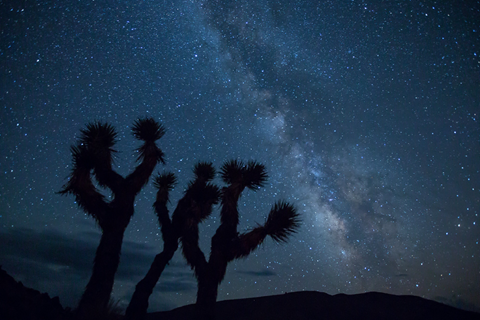GREENFIRE
I recently returned from leading a semester program to New Zealand for college students interested in environmental studies. As part of the semester, we travelled with a guide to Arthur’s Pass National Park on the South Island to learn more about alpine ecology. While in the park, we took a trail up to a very large and popular waterfall. The “trail” leading up to the waterfall was mostly well manicured gravel and a series of wooden platforms, stairs, and railings. Interpretive signs provided at periodic viewing points gave us information about the cultural and natural history of the area. Our guide, Terry, also helped by pointing out particular plant species and ecological relationships as we went. The star attraction was, of course, the waterfall, and soon we could hear the rumble of the falls as well as catch glimpses of the water through the trees. The trail ended at a large wooden viewing platform and we all climbed up the stairs to gaze at a magnificent, 100+ foot waterfall crashing into a scenic pool below. We paused, took a few photos, and remarked on the beauty of the place before turning to go. But Terry, our guide, stopped us. “Would you like to get closer?” he said, with a gleam in his eye. Sure, we agreed, we would love to but there was a railing blocking the way and a sign that said “Caution: rock fall and dangerous conditions exist.” “Yes,” Terry agreed, “it does say that. But does it say you CAN’T go there?” With that encouragement, we quickly jumped the railing and, picking our way through the boulders and blowing mist, soon found ourselves directly below the full force of the falls. It was a different experience indeed. Looking around, I saw awe and wonder on students faces. I felt the full force of the water on my cheeks as the cold water blasted me from all sides. All my senses were heightened. Now THIS was a waterfall.
DH Lawrence once wrote:
“Superficially, the world has become small and known. Poor little globe of earth, the tourists trot round you as easily as they trot round Bois or Central Park. There is no mystery left, we’ve been there, we’ve seen it, we know all about it. We’ve done the globe and the globe is done. This is quite true, superficially. On the superficies, horizontally, we’ve been everywhere and done everything, we know all about it. Yet the more we know, superficially, the less we penetrate, vertically. It’s all very well skimming across the surface of the ocean and saying you know all about the sea… As a matter of fact, our great-grandfathers, who never went anywhere, in actuality had more experience of the world than we have, who have seen everything. When they listened to a lecture with lantern slides, they really held their breath before the unknown, as they sat in the village school room. We, bowling along in a rickshaw in Ceylon, say to ourselves, “It’s very much what you’d expect.” We really know it all. We are mistaken. The know-it-all state of mind is just the result of being outside the mucous-paper wrapping of civilization. Underneath is everything we don’t know and are afraid of knowing.”
When we stayed behind the rail at the falls, we probably also said to ourselves “it’s very much what you’d expect.” But when Terry encouarged us to jump the rail, we entered a new world. One of novelty, surprise, and the unknown. We know, from experience, that this context can provide the most enriched learning environments. But increasingly, I worry that instead of awe and wonder, our outdoor education programs are “very much what you would expect.” With google earth, utube, and easy access media, many of my students had already seen pictures of most of the scenic places we would go in New Zealand. They already knew we would swim with dolphins, sea kayak with seals, etc. While the expereince was still interesting, it was in some ways already known. Closer to home, many more students come to our program already having experienced zip-lines, rock climbing walls, and team building courses. They have already been there and done that. As DH Lawrence remarks, perhaps there is no mystery left…
With that in mind, I offer a few queries and comments about the relationship between adventure and outdoor education:
1. What makes an experience novel? How do we purposefully frame educational activities and programs that allow students to, metaphorically and perhaps actually, “jump the railing”?
2. What are the ethical consequences of such an approach? For example, if EVERYONE did what we did at that waterfall, it would likely cause enough impact that the park rangers would, in the end, post signs that DID prohibit jumping the railing. Are “special” experiences, by definition, exclusive experiences?
3. Following this, what is the relationship between freedom and control? How much freedom can we properly and safely construct in outdoor education programming? When does our need for control infringe on participants’ ability to make real and lasting meaning from the experiences we have helped facilitate?
4. Finally, have we, as a field, become so structured that our students can no longer “hold their breath before the unknown” as DH Lawrence claims our great-grandfathers used to do? Is it even important that we have that aim in the first place?
What do you think? Have we lost our sense of adventure?


